O-Film – Strike II
As O=Film was one of a number of companies that the US government had placed on the ‘entities’ list, they have faced difficulties with customers over whether the inclusion of their products would violate the US trade sanctions, which we suspect was the reason behind O-Film’s exclusion from the Apple iPhone supply chain. At the time, the Wingtech deal had not been closed as Winftech was doing due diligence on the potential acquisition, and that Apple would continue to be supplied by the division once it was out of O-Film’s hands.
It seems that O-Film has received a bit more bad news as Samsung Electronics (005930.KS) did not include the company in its supplier list for camera modules in February, likely in anticipation of potential trade issues with the US that might require Samsung to specify a different camera set-up for smartphones destined for the US. Rather than see the increased cost of such specialization, Samsung decided to exclude O-Film altogether, and the company has already discontinued producing what were relatively small amount of camera modules for legacy Samsung products.

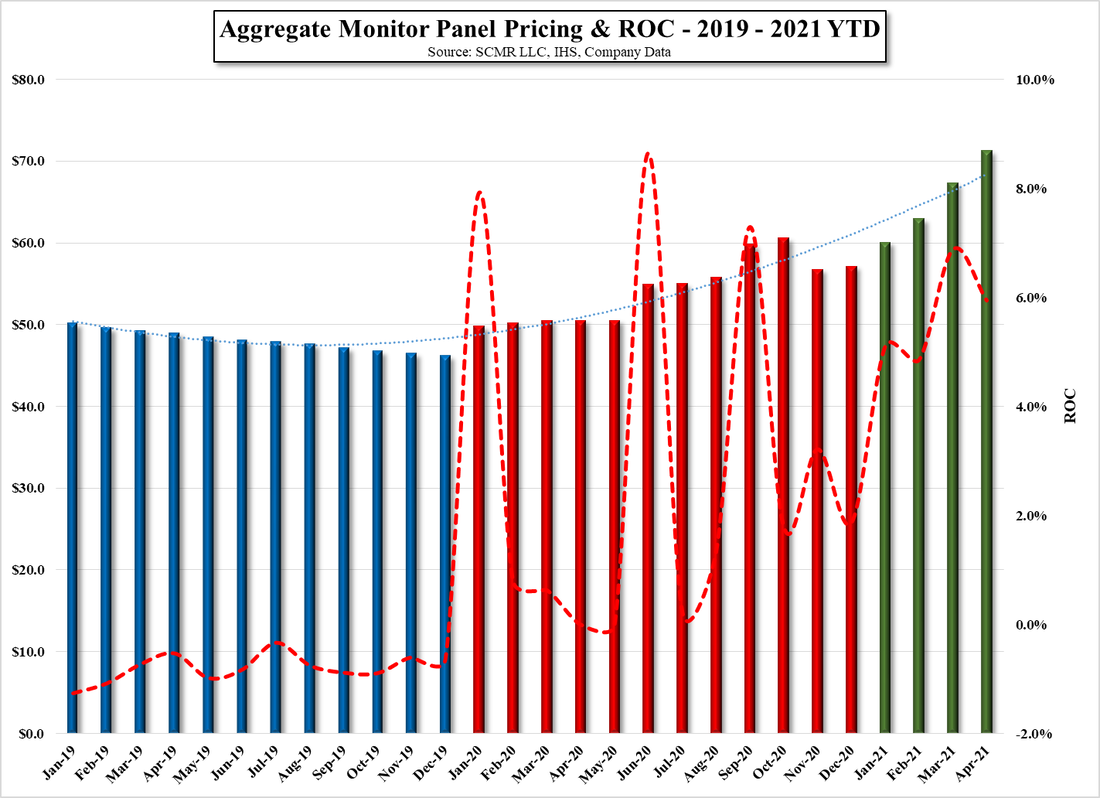
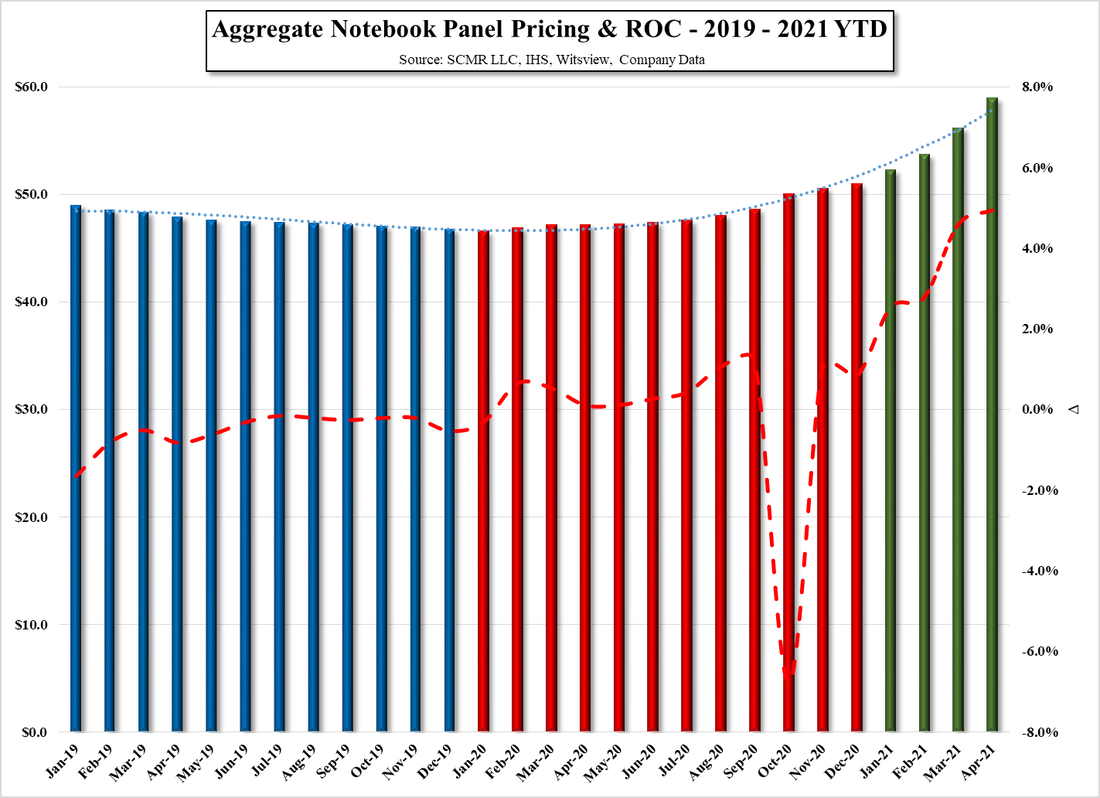
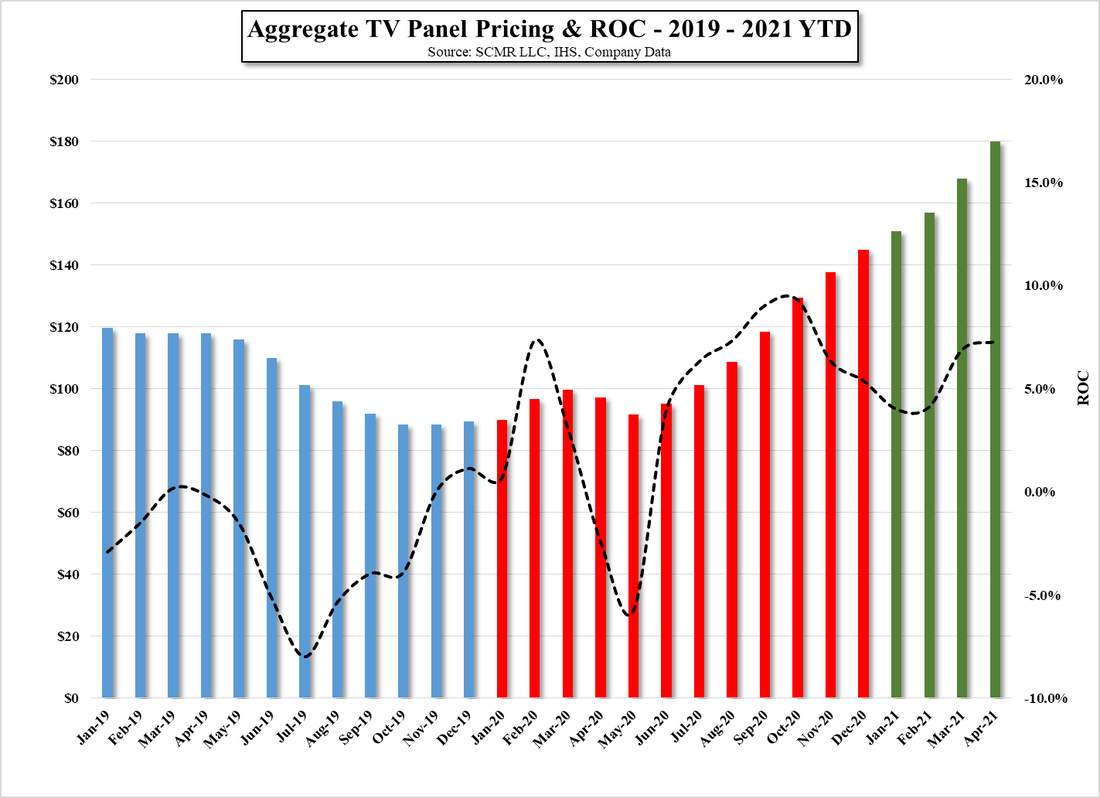
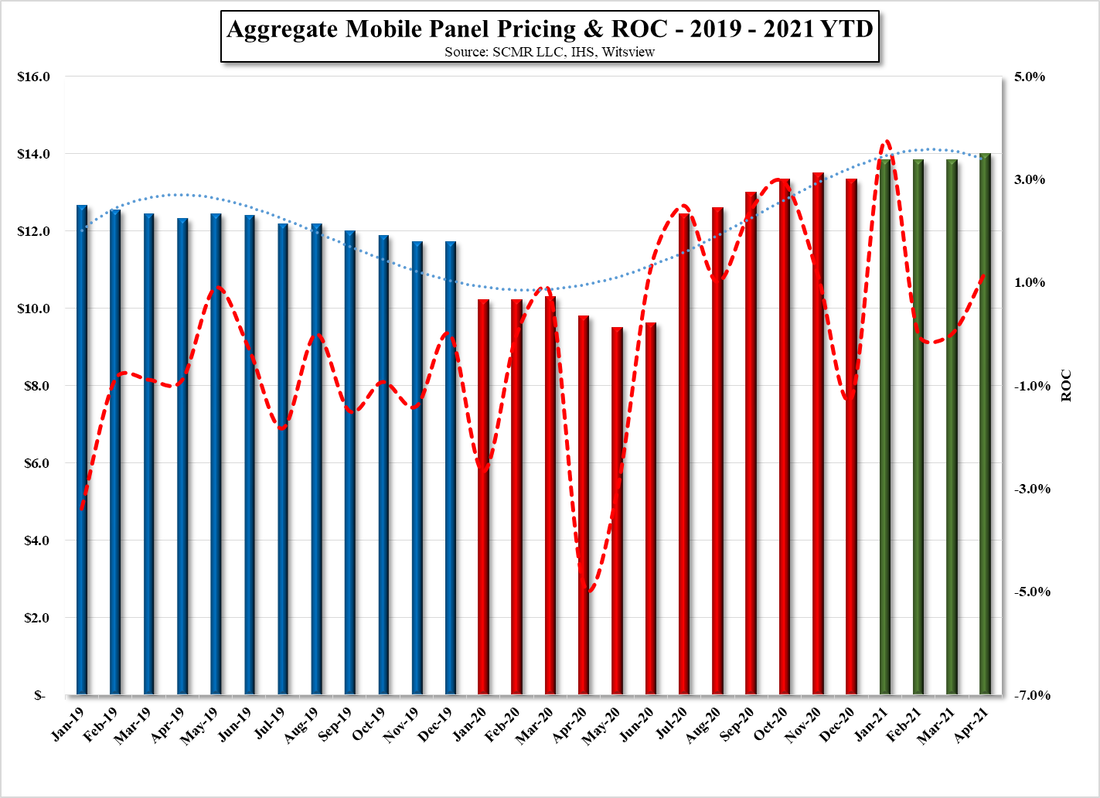
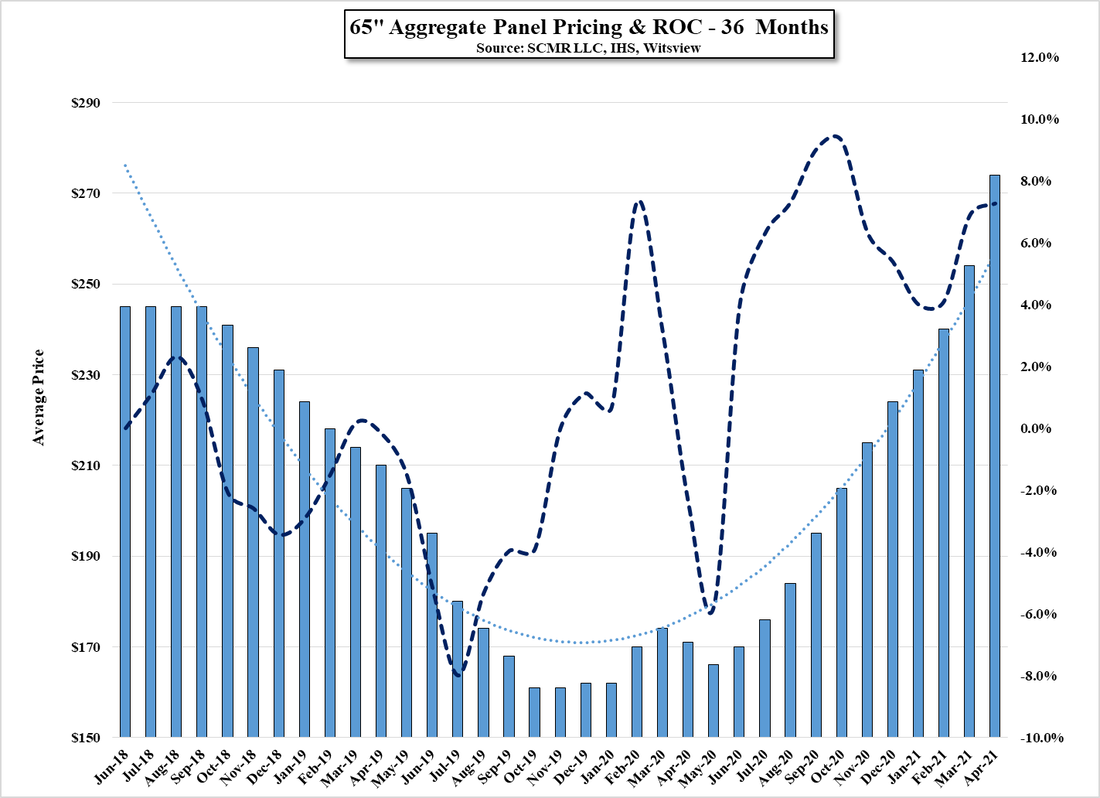
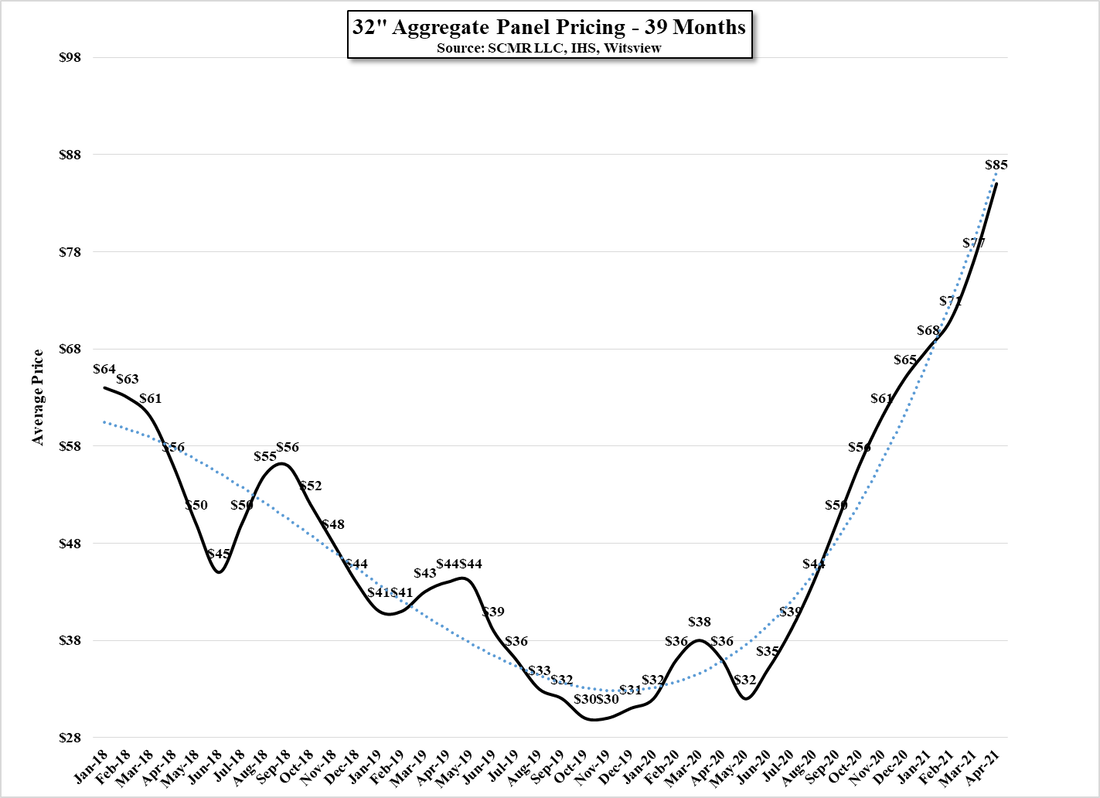
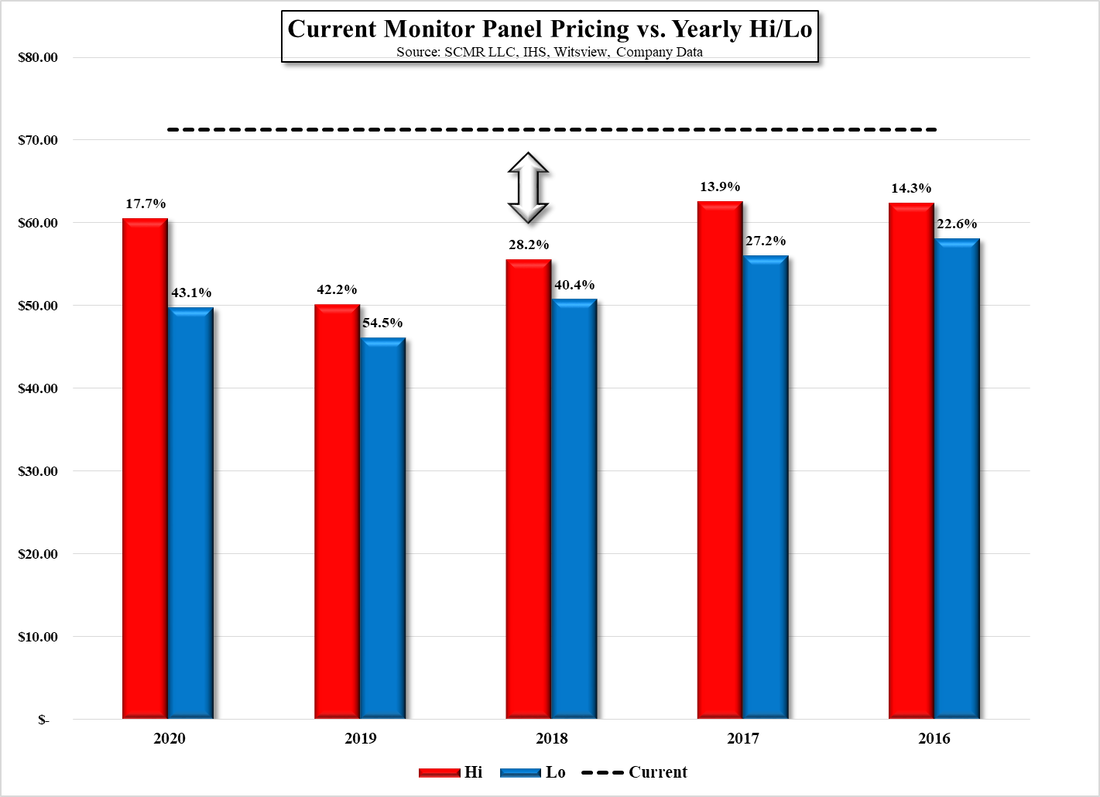

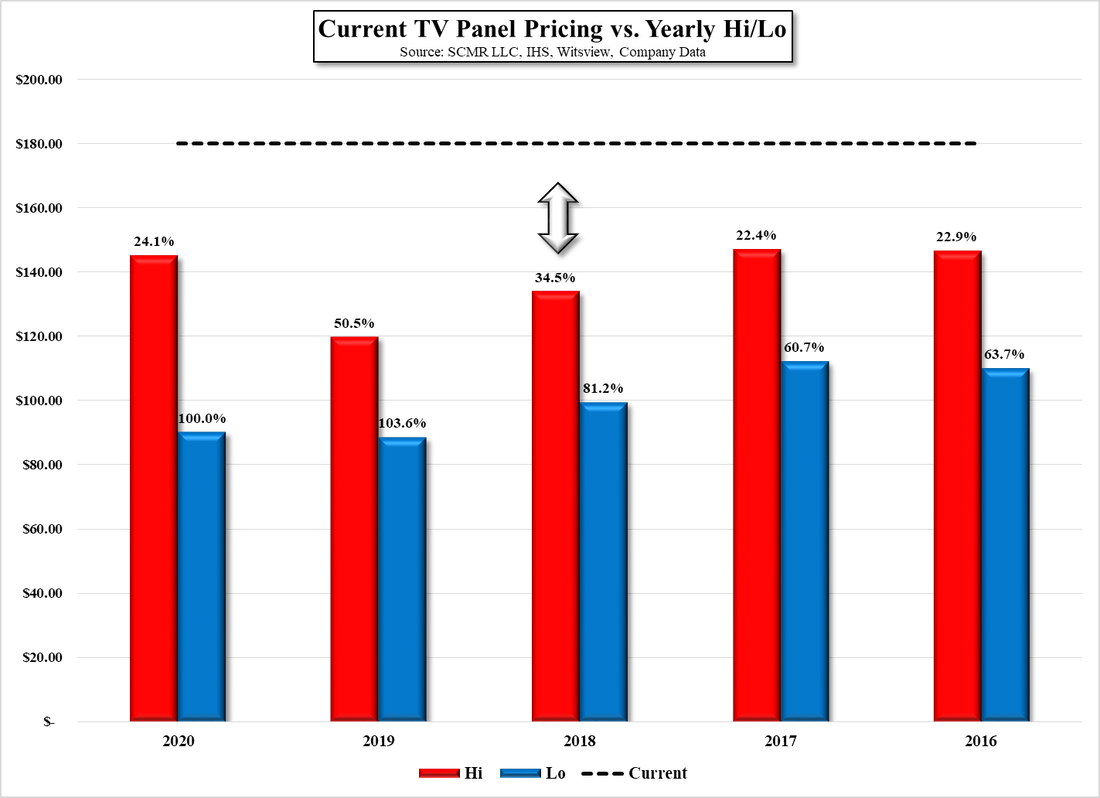

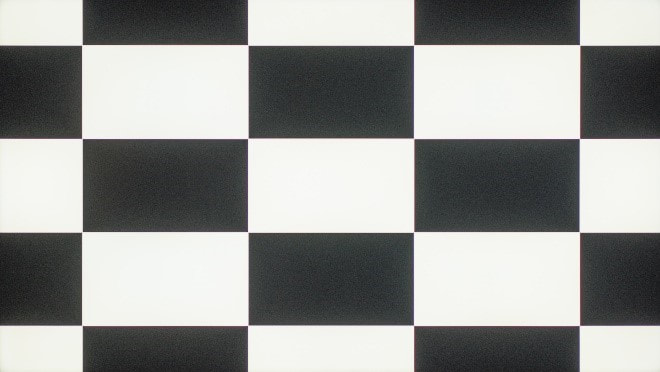


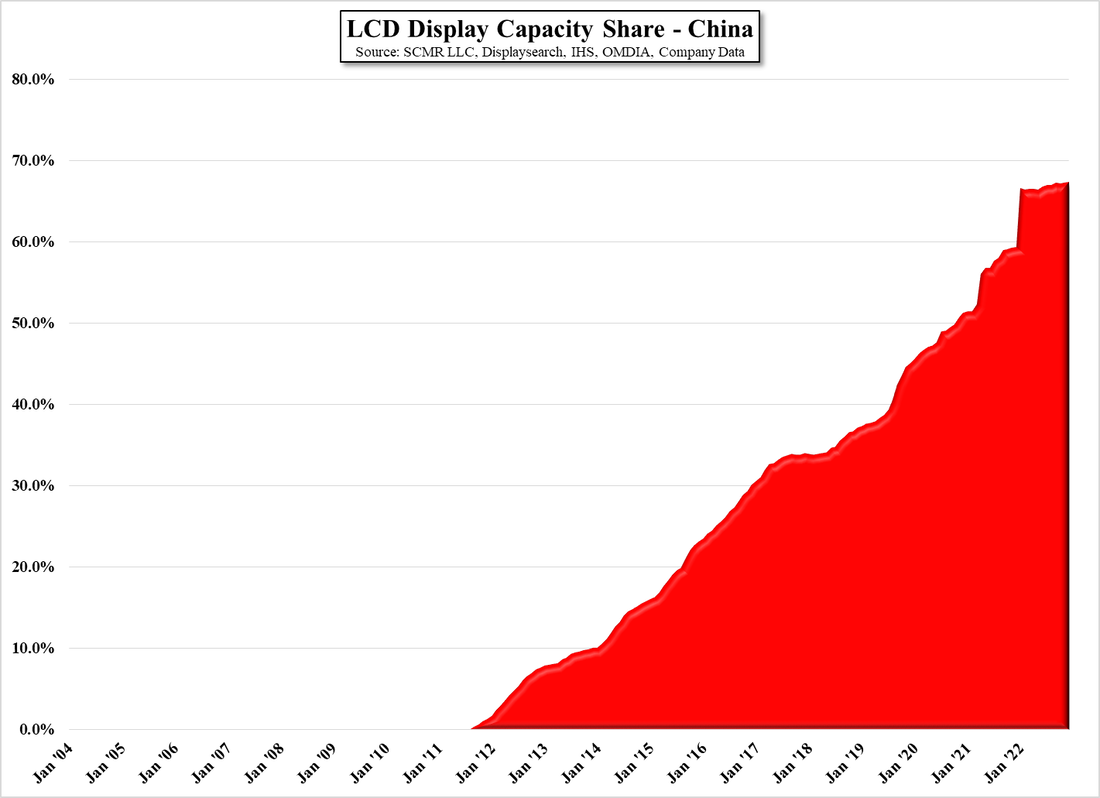

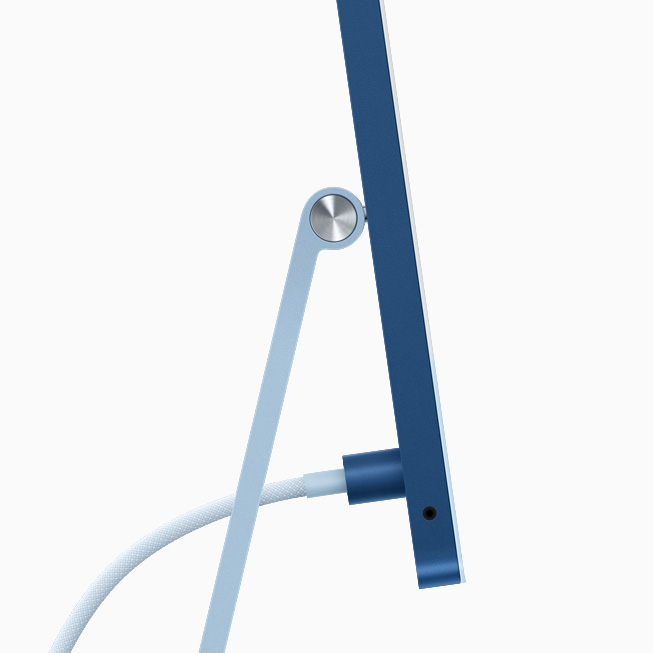

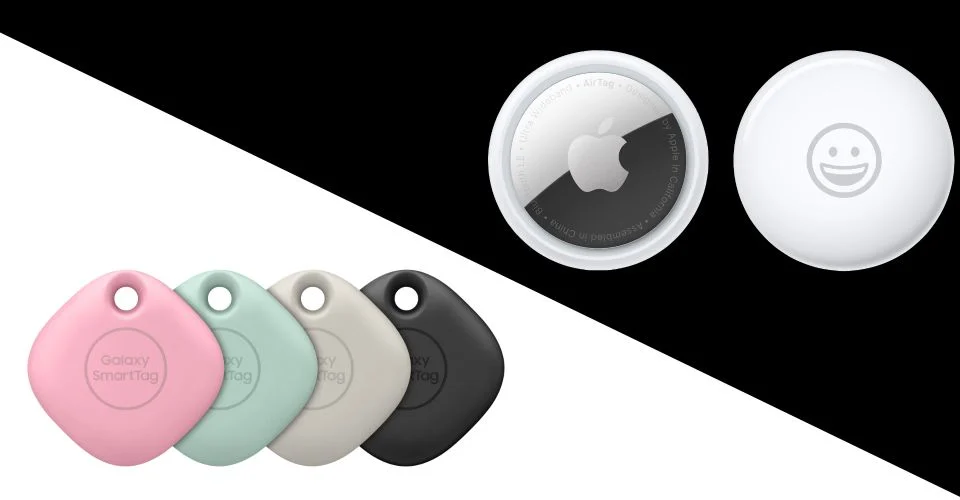
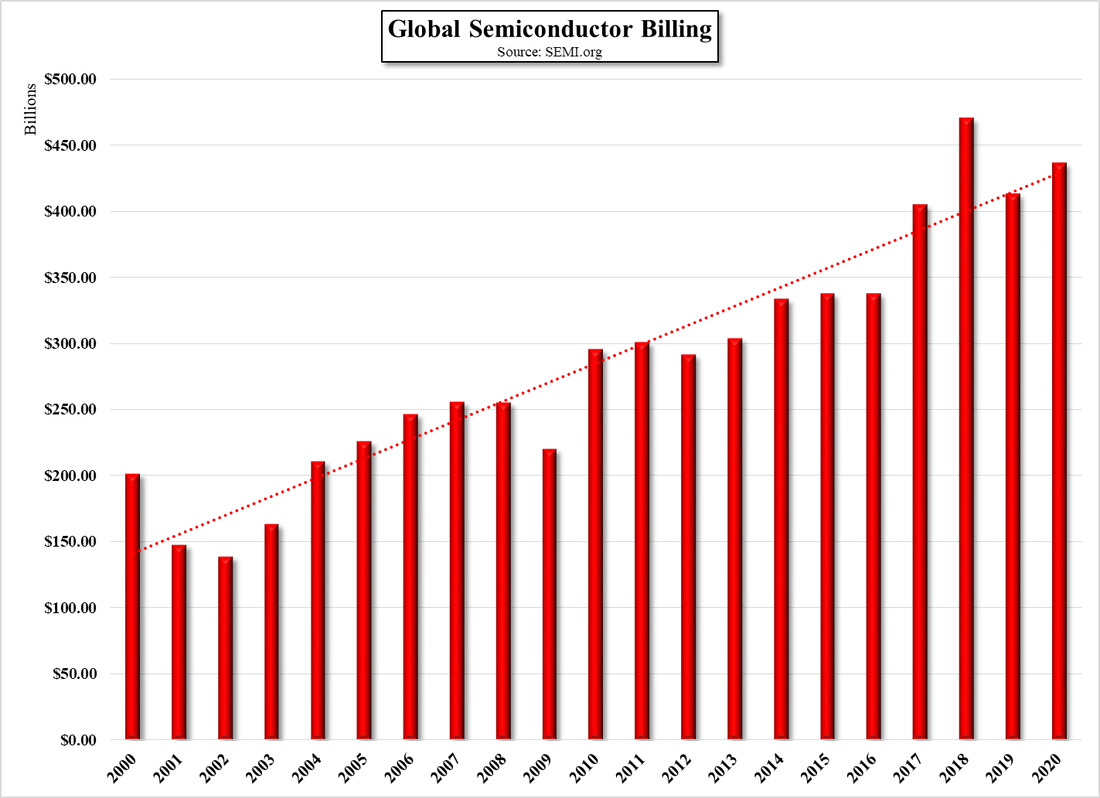
 RSS Feed
RSS Feed